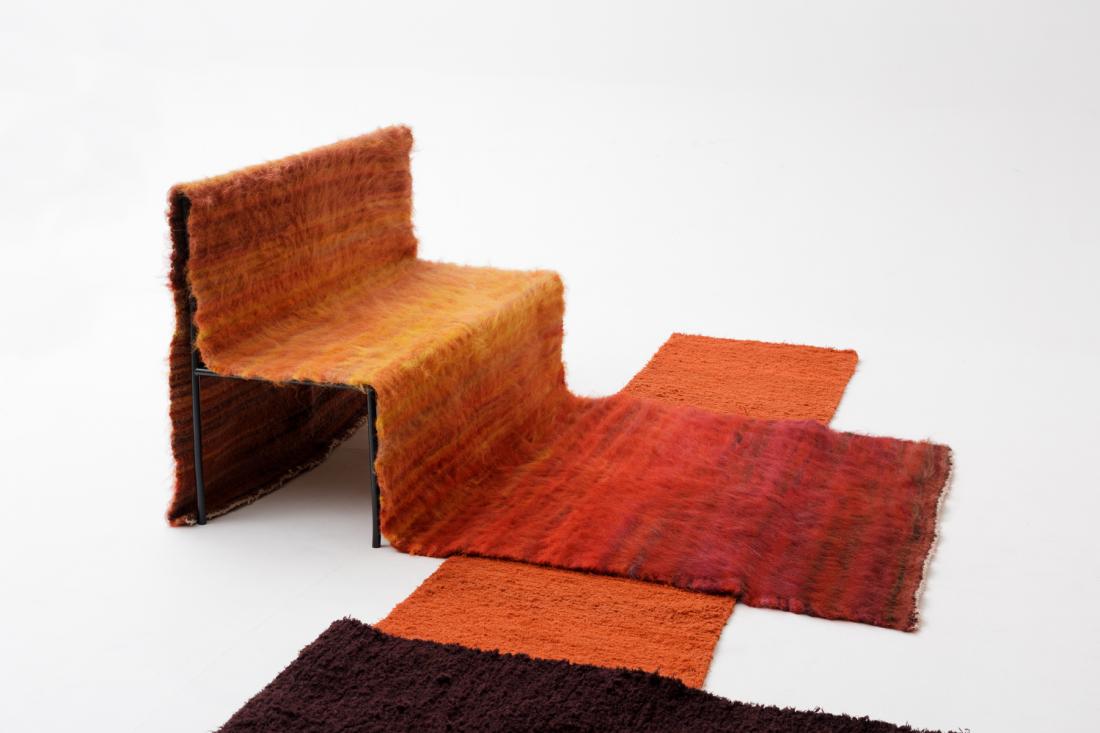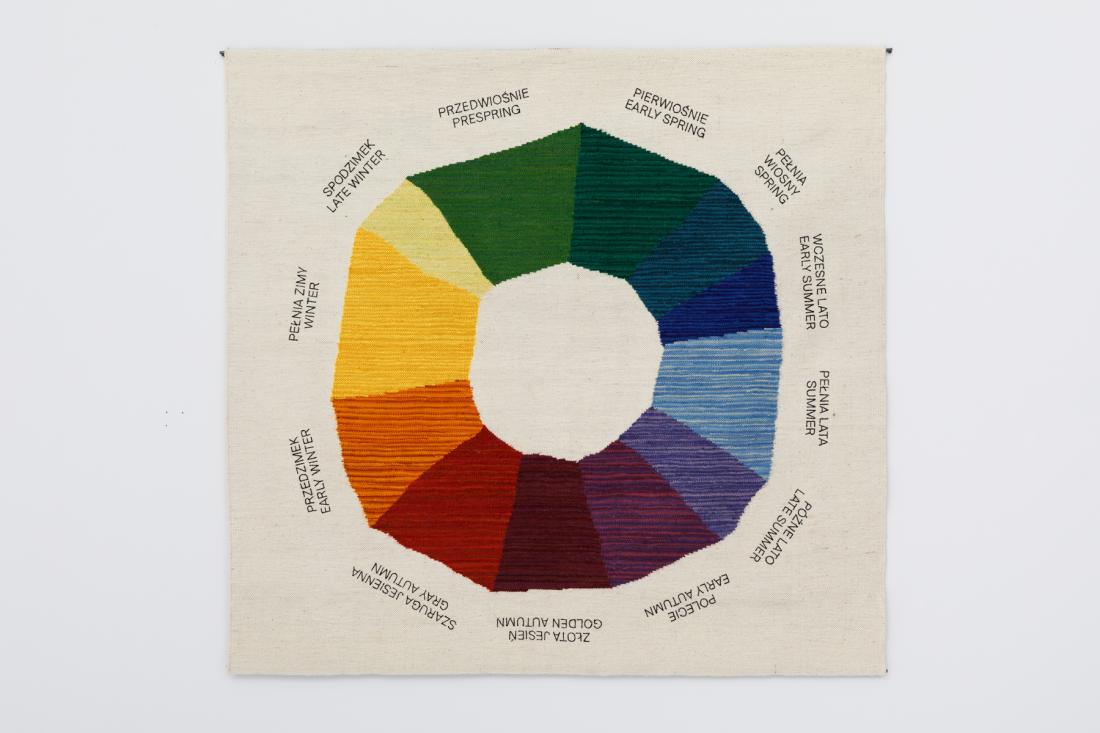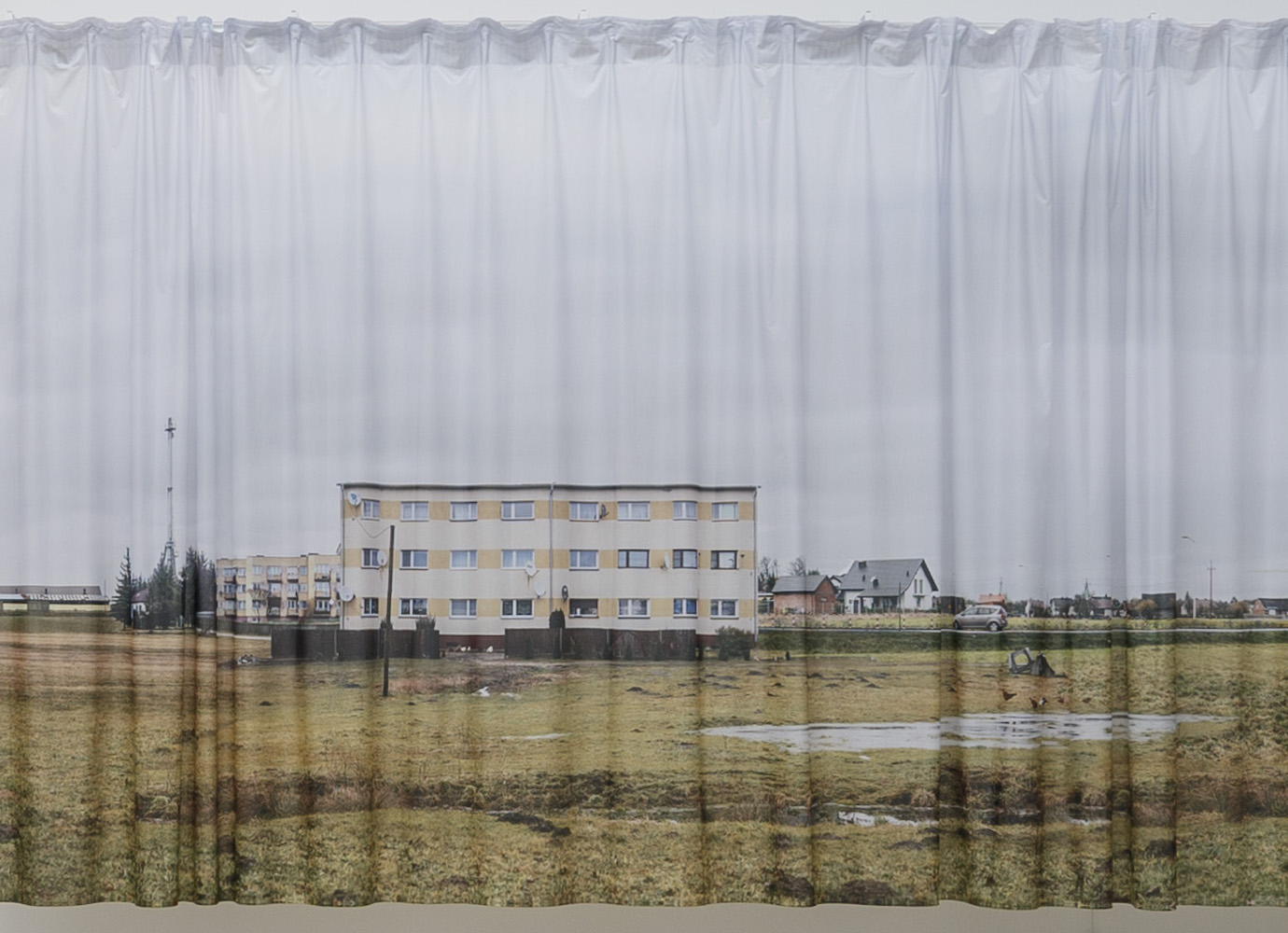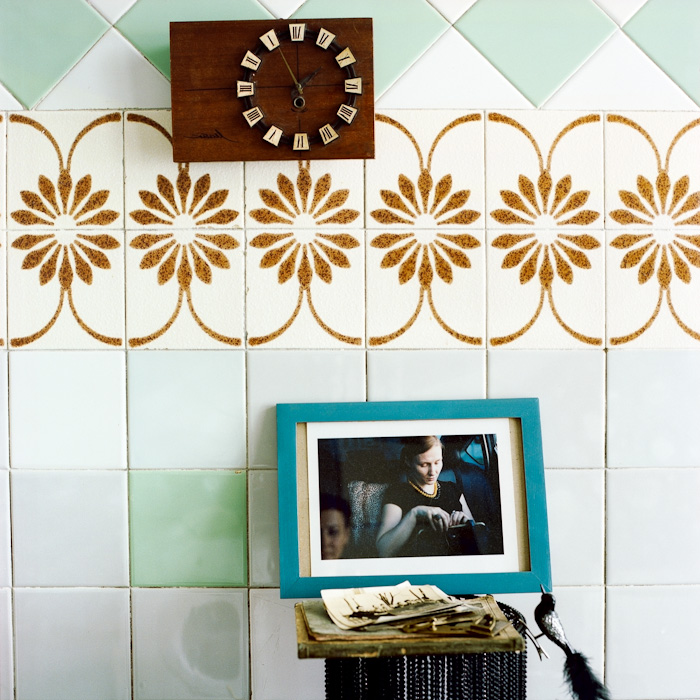At London’s Design Biennale, Polish artists use carpets and curtains to adapt to climate change
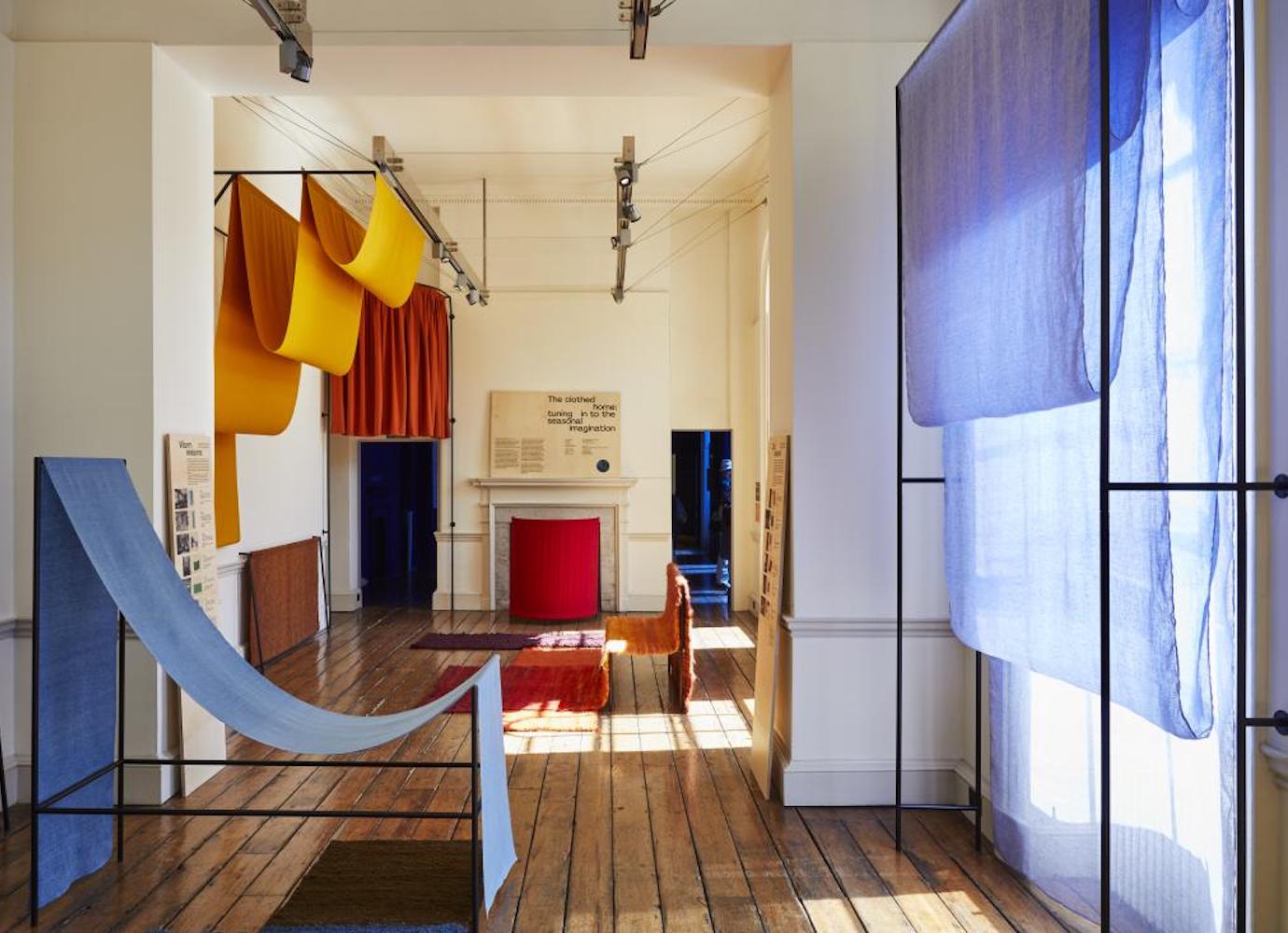
Polish artists at this year’s London Design Biennale are exploring whether the ways in which our ancestors used fabric to decorate their homes could be used to cope with climate change.
In the pre-electric era, hand-woven tapestries, wall coverings, quilted headliners, and carpets, helped regulate temperatures inside people’s homes — as well as adding a needed splash of colour and texture. Based on research from manor houses, aristocratic mansions, and the peasant cottages of pre-modern Poland, artist Alicja Bielawska’s installation in London’s Somerset House uses textiles produced by Polish artisans to look at how we can do the same, becoming more attuned to the rhythms of nature.
“In this day and age, when many of us are cocooned in centrally-heated apartments and air-conditioned offices, we have become insensitive to the nuances of nature’s changing cycles. Contemporary design can help us tune into the seasons again,” curator Aleksandra Kędziorek says. “As a result, The Clothed Home functions as a resonator, helping residents feel the pulse of the natural world. By clothing a room of Somerset House, the installation sets out to offer visitors a similar, multi-sensory experience.”
The show is running at Somerset House until 27 June.
